Gondolin stands as one of J.R.R. Tolkien's most fascinating creations within The Silmarillion, representing the pinnacle of Elven civilization in the First Age of Middle-earth. The hidden realm of Gondolin was a magnificent city-state completely surrounded by steep mountains, serving as the last major stronghold of the Noldorin Elves against the forces of Morgoth.
Built in secrecy and maintained through powerful enchantments, this concealed Elven paradise flourished for nearly 400 years before its tragic fall in First Age 511. The city's architecture, culture, and military prowess represented the height of Elven achievement, combining the wisdom gained in Valinor with the resourcefulness developed in Middle-earth.
The story of Gondolin interweaves themes central to Tolkien's legendarium: the preservation of beauty against overwhelming darkness, the price of pride and secrecy, and the inevitable passing of an age. The fall of this last Elven stronghold marked a turning point in the history of Middle-earth, fundamentally altering the fate of both Elves and Men.
Origins and Significance of Gondolin
Gondolin stood as the greatest hidden realm of the First Age, established through divine guidance and maintained in absolute secrecy for centuries until its tragic fall in 511.
The Founding of the Hidden City
The Vala Ulmo appeared to Turgon in a dream, revealing the location of a hidden valley called Tumladen in the Encircling Mountains. This vision led Turgon to abandon his coastal realm of Nevrast.
The city's construction took 52 years to complete, with the Noldorin Elves building it in the image of ancient Tirion. The name Gondolin came from the Sindarin translation of Ondolindë, meaning "Stone Song."
Turgon's fortified city remained hidden through powerful enchantments and the natural protection of the surrounding mountains. Only one secret passage, the Hidden Way, allowed access through the Encircling Mountains.
Turgon and His Kin
Turgon ruled as King of Gondolin with his daughter Idril Celebrindal as his heir. His sister Aredhel dwelt there until her fateful departure, which later led to the arrival of her son Maeglin.
The House of the King became the most powerful of Gondolin's noble houses. Turgon maintained strict isolation policies, allowing few outsiders to enter or leave the hidden realm.
Two mortal brothers, Huor and Húrin, were granted temporary sanctuary in Gondolin - a decision that would have far-reaching consequences for the city's fate.
Cultural Significance in Tolkien's Legendarium
The Fall of Gondolin was one of Tolkien's earliest written tales, composed in 1917 while recovering from trench fever. The story established major themes that would appear throughout his later works.
Gondolin represented the height of Noldorin civilization in Middle-earth, combining their technological achievements with artistic beauty. The city's architecture and culture blended both Quenya and Sindarin influences.
The realm's isolation policy reflected the broader theme of preservation versus interaction with the outside world - a tension that appears repeatedly in Tolkien's works about Elven realms.
The Topography and Architecture of Gondolin
Gondolin stood as a masterpiece of Elven engineering and architectural design, nestled within natural fortifications that made it nearly impregnable. The hidden city of Gondolin represented the pinnacle of First Age Elven craftsmanship.
Geographical Location
The city rested in the valley of Tumladen, a circular plain surrounded by the towering Encircling Mountains. Gondolin itself was built upon Amon Gwareth, a hill of smooth stone rising from the valley floor.
The Encircling Mountains formed a natural wall around Tumladen, with peaks so steep and treacherous that no enemy could scale them. Only eagles could freely pass over these mountains.
A hidden passage through the mountains, known as the Hidden Way, provided the sole entrance to the valley. This pathway remained a closely guarded secret for centuries.
Defensive Structures and the Seven Gates
The Seven Gates of Gondolin formed concentric rings of defense:
- Gate of Wood: The outermost gate, carved from mighty timber
- Gate of Stone: Massive blocks cut from the mountains
- Gate of Bronze: Cast with intricate designs
- Gate of Writhen Iron: Fashioned in complex metalwork
- Gate of Silver: Gleaming with ethereal light
- Gate of Gold: Adorned with precious metals
- Gate of Steel: The final and strongest barrier
Each gate had its own guard company and unique architectural style. The Dark Guard protected the innermost gate, wearing black cloaks and carrying black shields.
Key Landmarks Within the City
The Tower of the King dominated the cityscape, rising from the highest point of Amon Gwareth. White marble walls reflected sunlight across the city.
The Great Market occupied the city's heart, surrounded by fountains and connected to the Lesser Market by the Road of Pomps. The Place of the Well featured crystal-clear pools fed by mountain springs.
The Road of Arches connected major landmarks through a series of elegant stone spans. The Way of Running Waters incorporated streams and fountains into the city's architecture.
The King's Palace showcased the finest Noldorin craftsmanship, with high towers and courtyards containing the Fountains of the South.
The Sociopolitical Structure

Gondolin's complex social hierarchy revolved around twelve noble houses united under King Turgon's rule, with a sophisticated military organization designed to protect the hidden city.
The Twelve Houses of Gondolin
The House of the King, led by Turgon himself, stood foremost among the noble houses. The House of the Wing, commanded by Tuor, served as the king's personal guard. The legendary warriors of Gondolin included Ecthelion's House of the Fountain and Glorfindel's House of the Golden Flower.
The House of the Mole, led by the skilled craftsman Maeglin, specialized in metalwork and mining. The House of the Swallow excelled in archery and swift attacks. The House of the Heavenly Arch carried distinctive blue shields and wielded powerful bows.
The remaining houses - the Tree, Pillar, Tower of Snow, Harp, and Hammer of Wrath - each maintained their unique military specialties and contributed to the city's defense.
Governing and Military Organization
King Turgon ruled as the supreme authority, supported by a council of house lords. Each noble house maintained its own military force, with distinct armor, weapons, and fighting styles.
The Gondothlim organized their forces with precise coordination between houses. Guard rotations ensured constant vigilance along the city walls and main gates. The hidden realm's defenses relied on both secrecy and military might.
Warriors trained in multiple disciplines, though each house specialized in specific combat roles. The Houses coordinated regular drills and maintained weapons stockpiles throughout the city.
Important Characters and Lineages

The royal house of Gondolin and its noble families shaped the destiny of Middle-earth through their actions during the First Age, with their bloodlines extending into the Third Age through famous heroes and rulers.
Heroes and Villains of Gondolin
Turgon, King of Gondolin, ruled the hidden city for nearly 400 years. His wisdom and foresight helped create one of the most powerful Elven realms in Middle-earth.
His daughter Idril Celebrindal played a crucial role in Gondolin's survival by secretly preparing an escape route from the city. Her marriage to the mortal hero Tuor united the bloodlines of Elves and Men.
Maeglin, Turgon's nephew, became the city's greatest traitor when he revealed Gondolin's location to Morgoth after being captured and tortured. His unrequited love for Idril drove him to betray his people.
The warrior-lord Rog led the House of the Hammer of Wrath and died heroically defending the city during its fall.
The Descendants of Turgon
Eärendil the Mariner, son of Idril and Tuor, became one of the most significant figures in Middle-earth's history. His voyage to Valinor helped secure the aid that defeated Morgoth.
Through Eärendil's line, Turgon's bloodline continued into the Third Age. His sons Elrond and Elros founded the realms of Rivendell and Númenor respectively.
The royal lineage extended even further through Elrond's daughter Arwen, who married Aragorn and became Queen of the Reunited Kingdom.
The Fall of Gondolin
The hidden city of Gondolin met its tragic end through betrayal and a massive assault by Morgoth's forces, marking one of the most devastating defeats in the history of the Elves during the First Age.
The Siege and Betrayal
Maeglin, nephew of King Turgon, betrayed Gondolin's location to Morgoth after being captured and tortured. The Dark Lord launched his attack during the festival of Gates of Summer in FA 510.
Morgoth's army included Balrogs, dragons, and countless Orcs. The eleven houses of Gondolin fought valiantly against the overwhelming forces, with heroes like Ecthelion slaying Gothmog, lord of Balrogs.
Idril's secret escape tunnel, built in anticipation of such treachery, proved crucial for the survivors. Many elves fled through this hidden passage while the city burned.
Aftermath and Legacy
The destruction of Gondolin led to a great exodus of survivors who fled to the Havens of Sirion. Among these refugees was young Eärendil, son of Tuor and Idril, who would later sail to Valinor and convince the Valar to aid Middle-earth.
The fall of the hidden realm marked the end of the greatest Noldorin kingdom in exile. Only a small remnant of Gondolin's people survived, preserving their culture and knowledge at the Havens.
This catastrophic event stands as one of the most significant battles of the First Age, alongside the Nirnaeth Arnoediad and the War of Wrath.
Artifacts and Symbols
The hidden city of Gondolin housed some of Middle-earth's most legendary weapons and architectural marvels, with each artifact carrying deep significance in elven culture.
Weapons and Armory
The royal armories of Gondolin contained several of the most renowned weapons in elven history. Turgon's sword became a symbol of the city's might, later recovered and wielded as Glamdring by Gandalf the Grey.
Orcrist, the Goblin-cleaver, emerged from these same forges. The blade earned its reputation fighting orcs during the Fall of Gondolin.
The Axe of Tuor represented the union between Men and Elves, gifted to the human hero upon his arrival through the Hidden Way.
Iconic Symbols and Architecture
Glingal and Belthil stood as golden and silver trees in the King's Square, crafted by Turgon in memory of the Two Trees of Valinor. These metallic monuments served as paramount symbols of elven craftsmanship and reverence for the Blessed Realm.
The Arch of Inwë marked the entrance to the King's Square, its white marble gleaming with inlaid gems that caught the sunlight.
Idril's Secret Way provided a hidden escape tunnel, carefully disguised within the city's natural rock formations. This engineering marvel saved many during the city's fall.
The Seven Gates protected the Hidden Way into Gondolin, each crafted from different materials: wood, stone, bronze, wrought iron, silver, gold, and steel.
The Linguistic Heritage

The hidden city of Gondolin possessed a rich linguistic tapestry, blending ancient Quenya with the emerging Sindarin dialects of Beleriand. The syncretic language of the Grey Elves formed a distinct cultural identity within the protected vale.
Elven Tongues of Gondolin
The primary languages spoken in Gondolin were Quenya and Sindarin. Quenya remained the ceremonial tongue of Turgon's court, preserving the ancient traditions of Valinor.
Sindarin developed unique characteristics in Gondolin's isolation. The city's dialect incorporated elements of Doriathrin and Noldorin influences, creating a distinctive variant used in daily life.
The scribes and loremasters of Gondolin maintained extensive records in both languages, preserving their linguistic heritage behind the Encircling Mountains.
Naming Conventions and the City of Seven Names
Gondolin earned renown as the City of Seven Names, each title reflecting different aspects of its grandeur in various Elvish tongues:
- Gondobar: "City of Stone"
- Gondothlimbar: "City of the Dwellers in Stone"
- Gwarestrin: "Tower of Guard"
- Gar Thurion: "Secret Place"
- Lothengriol: "Flower of the Vale"
These names demonstrated the poetic nature of Elvish languages and their descriptive power. Each name emphasized distinct features of the hidden realm, from its stone architecture to its role as a defensive stronghold.
The naming conventions followed strict rules of Elvish etymology, combining root words to create meaningful compounds that captured the essence of places and concepts.
Frequently Asked Questions
Gondolin stands as Middle-earth's most secretive and well-defended Elven city, hidden within the Encircling Mountains and ruled by Turgon for nearly 400 years of the First Age. Its legendary fall marked one of the most tragic and significant events in the history of the Noldorin Elves.
What is the significance of Gondolin in Tolkien's legendarium?
Gondolin represented the greatest Noldorin realm in Middle-earth during the First Age. The city served as the last stronghold of the Elves against Morgoth's forces.
The city's architecture and culture exemplified the peak of Elven civilization, combining the wisdom of Valinor with the craftsmanship of Middle-earth.
Can you find Gondolin on any map of Middle-earth, and where is it located?
Gondolin was situated in the northern regions of Beleriand, concealed within the Encircling Mountains called Echoriath. The city remained hidden thanks to the protection of the Vala Ulmo.
The exact location remained a closely guarded secret, known only to those who dwelt there and the few outsiders granted permission to enter.
Has there been a film adaptation of 'The Fall of Gondolin', and when was it released?
No film adaptation of The Fall of Gondolin exists. The story rights remain with the Tolkien Estate.
The tale exists primarily in Tolkien's posthumously published works, including The Silmarillion and The Book of Lost Tales.
Could you summarize the key events that led to the downfall of Gondolin?
The betrayal by Maeglin, who revealed the city's location to Morgoth after being captured and tortured, initiated Gondolin's fall.
Morgoth's forces, including dragons, Balrogs, and armies of Orcs, attacked during the festival of Tarnin Austa.
The secret heir Tuor led many survivors through a hidden escape route, though King Turgon chose to remain and perish with his city.
How does 'The Fall of Gondolin' fit within the larger narrative of Tolkien's works?
The Fall of Gondolin represents one of the three Great Tales of the First Age, alongside the stories of Beren and Lúthien and the Children of Húrin.
This event marked a crucial turning point in the war against Morgoth, leading to the final defeat of the Noldorin Elves in Beleriand.
What distinguishes Gondolin from Gondor in Tolkien's stories?
Gondolin was an Elven city of the First Age, while Gondor was a kingdom of Men established in the Second Age.
The architectural and cultural differences between the two realms reflected their distinct origins - Gondolin drew from Elven traditions of Valinor, while Gondor was founded by Númenórean exiles.
Gondolin's existence remained hidden for centuries, unlike Gondor which stood as a prominent and known kingdom in Middle-earth.

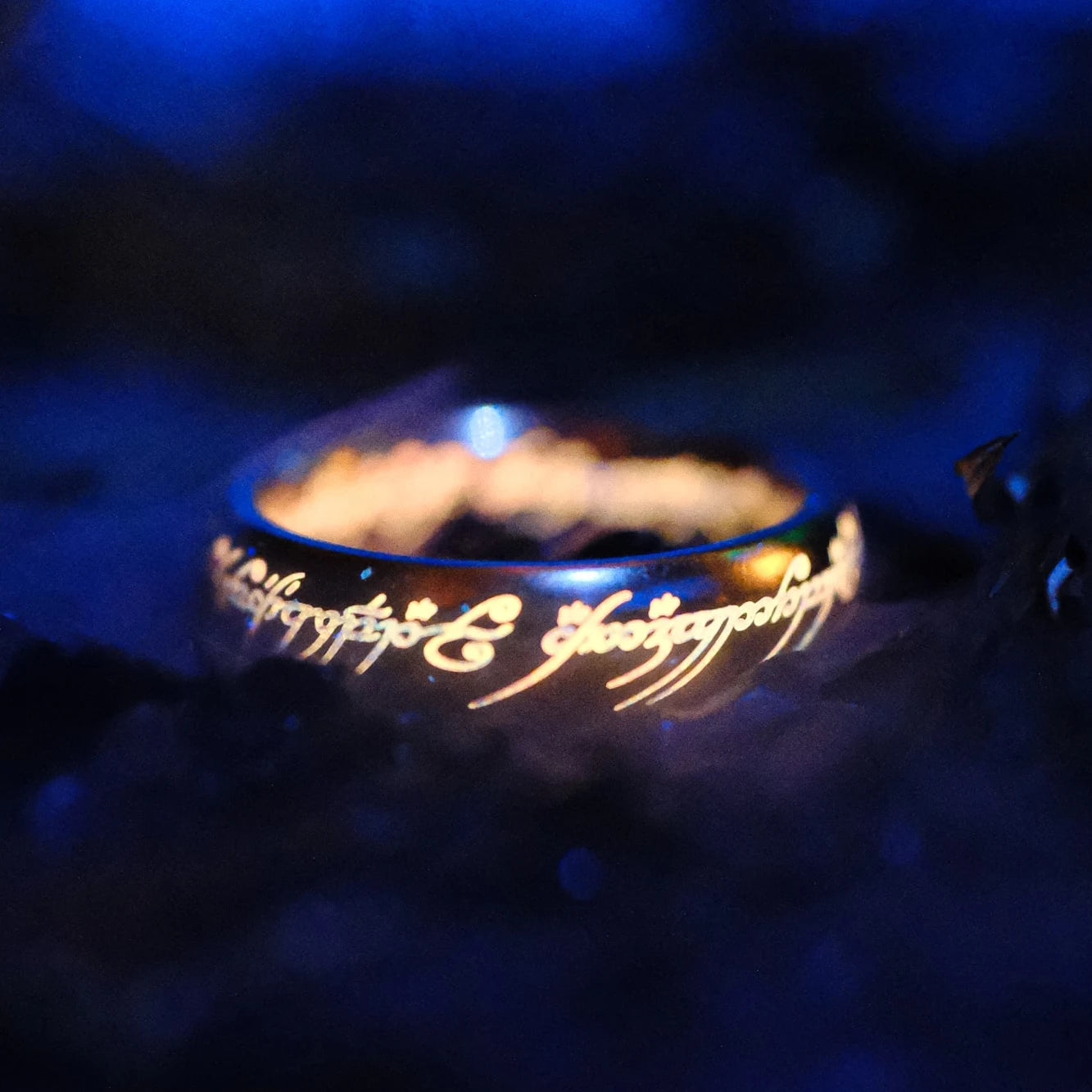

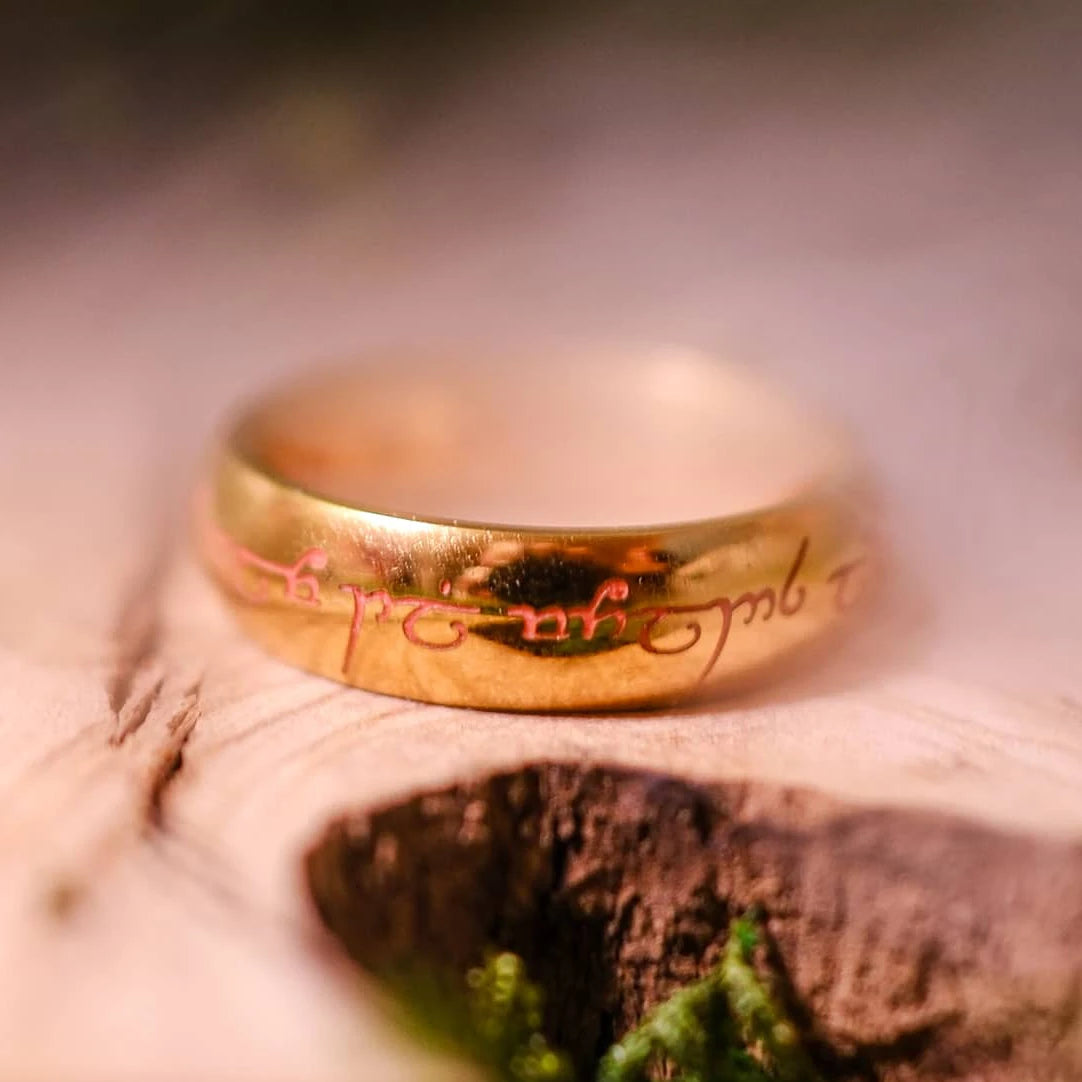
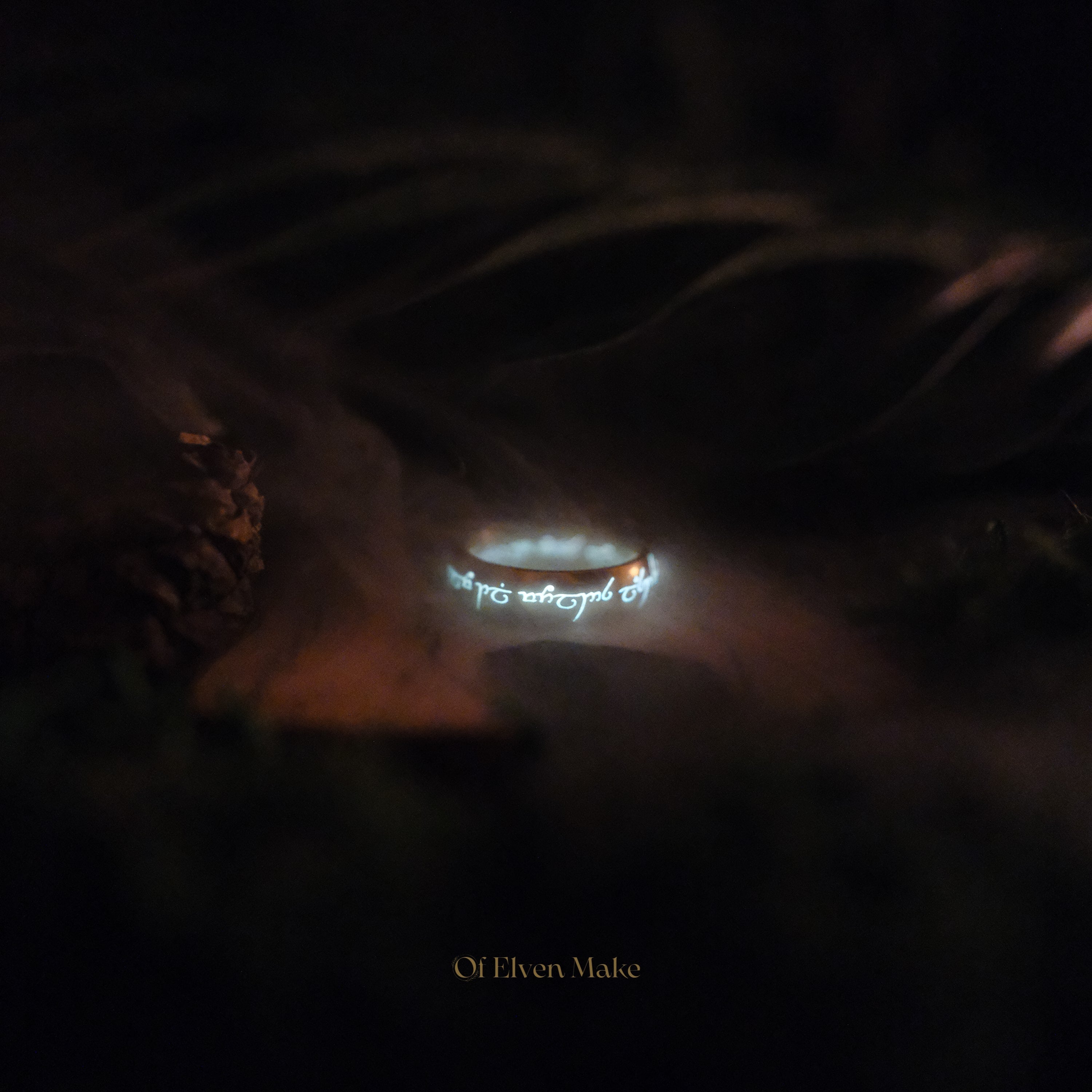
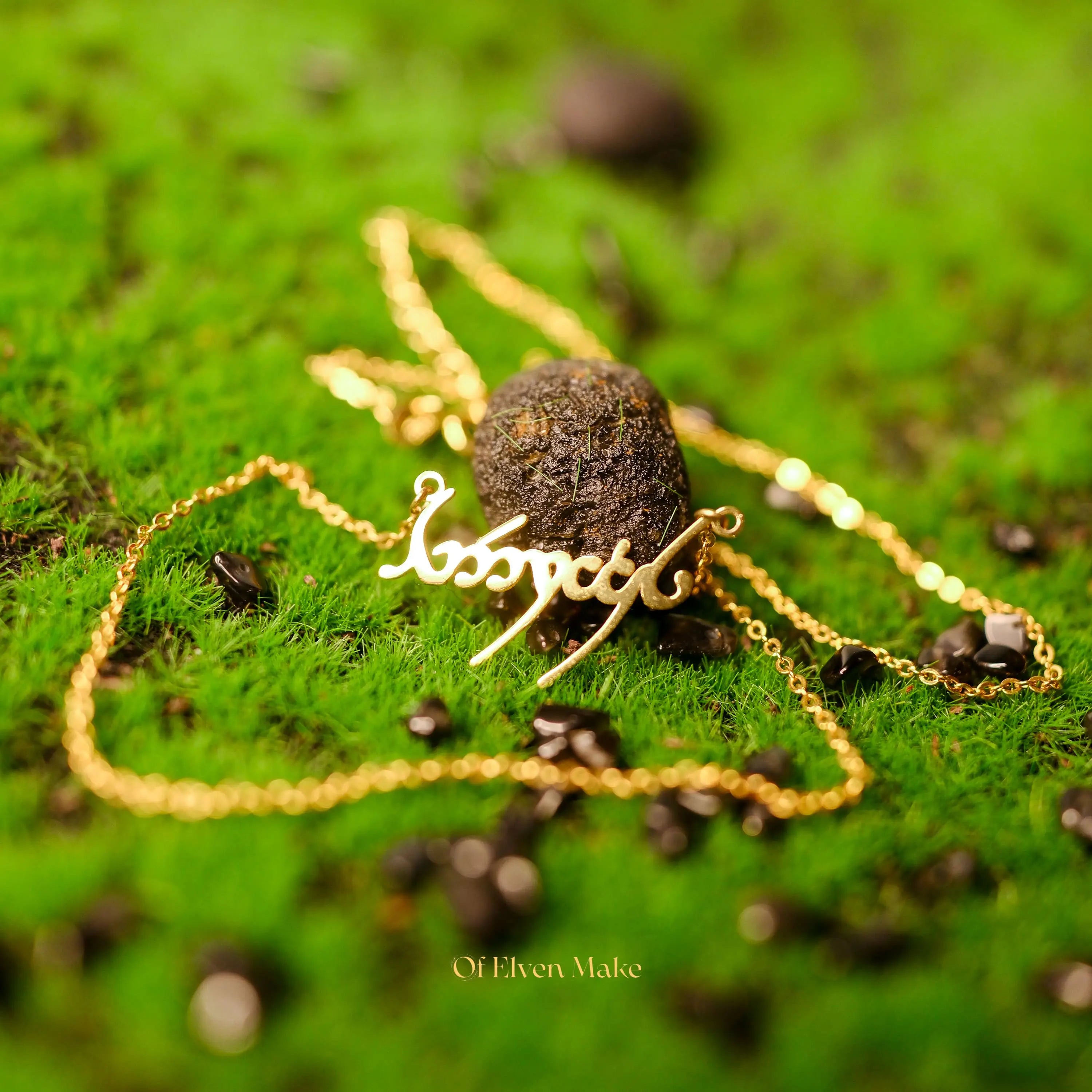


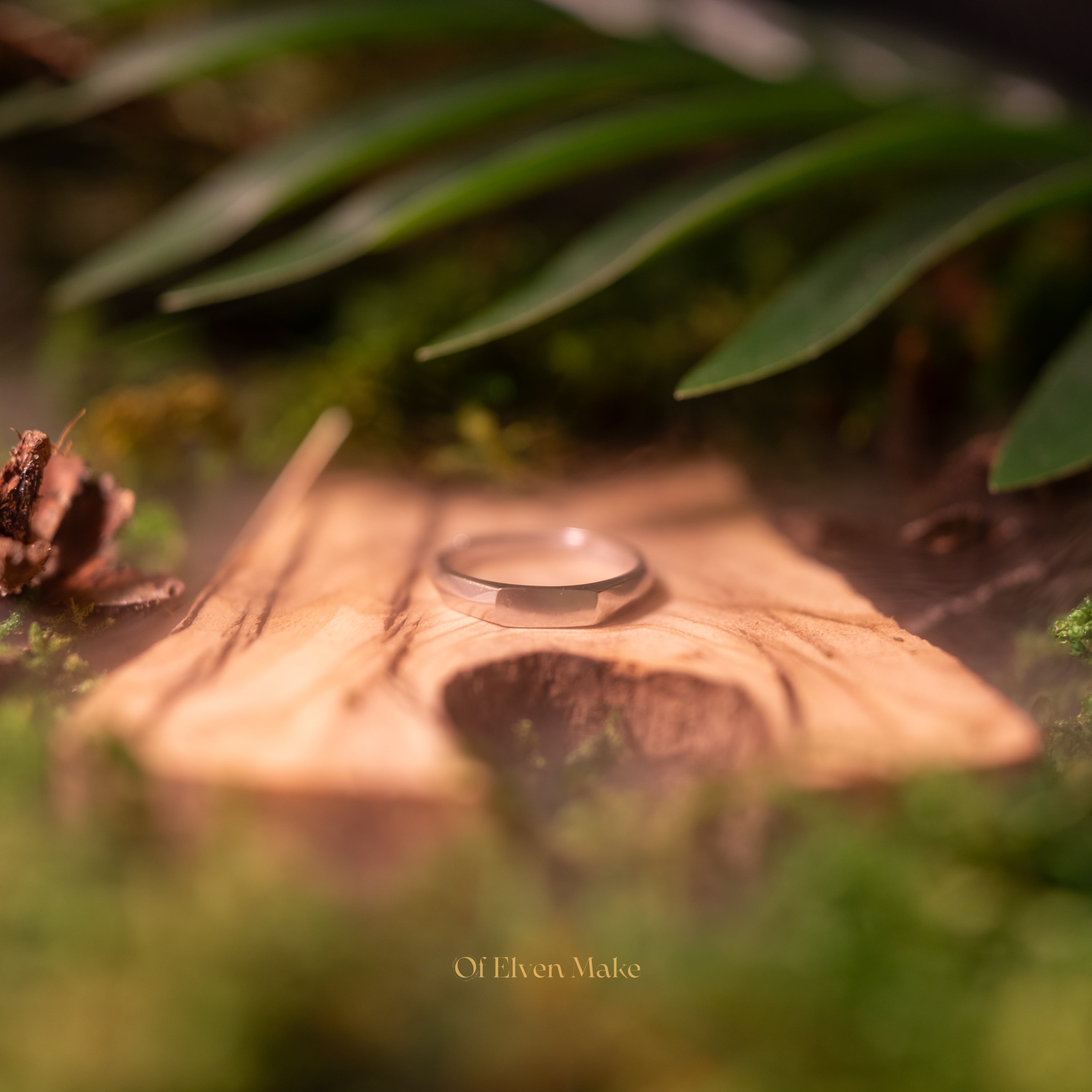

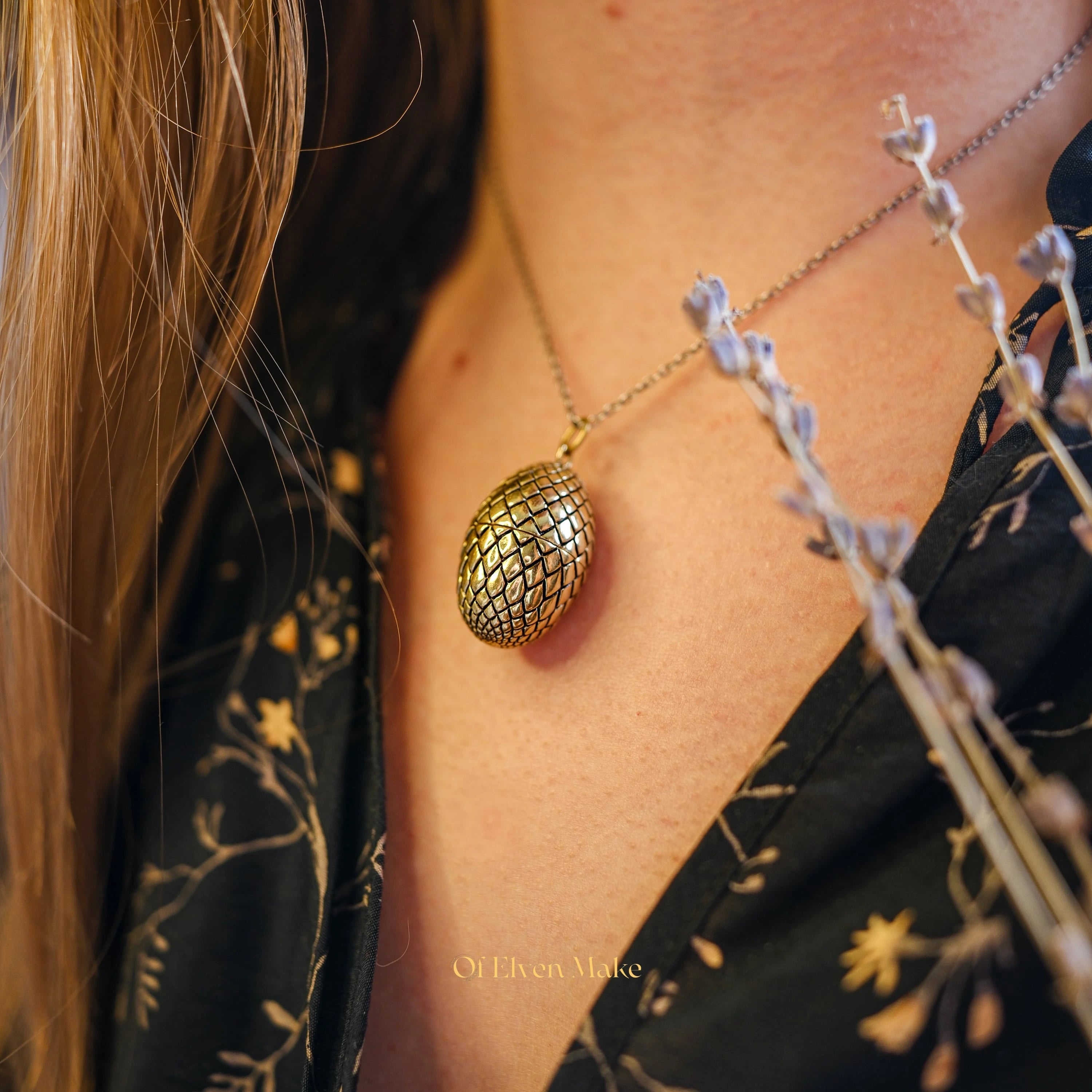
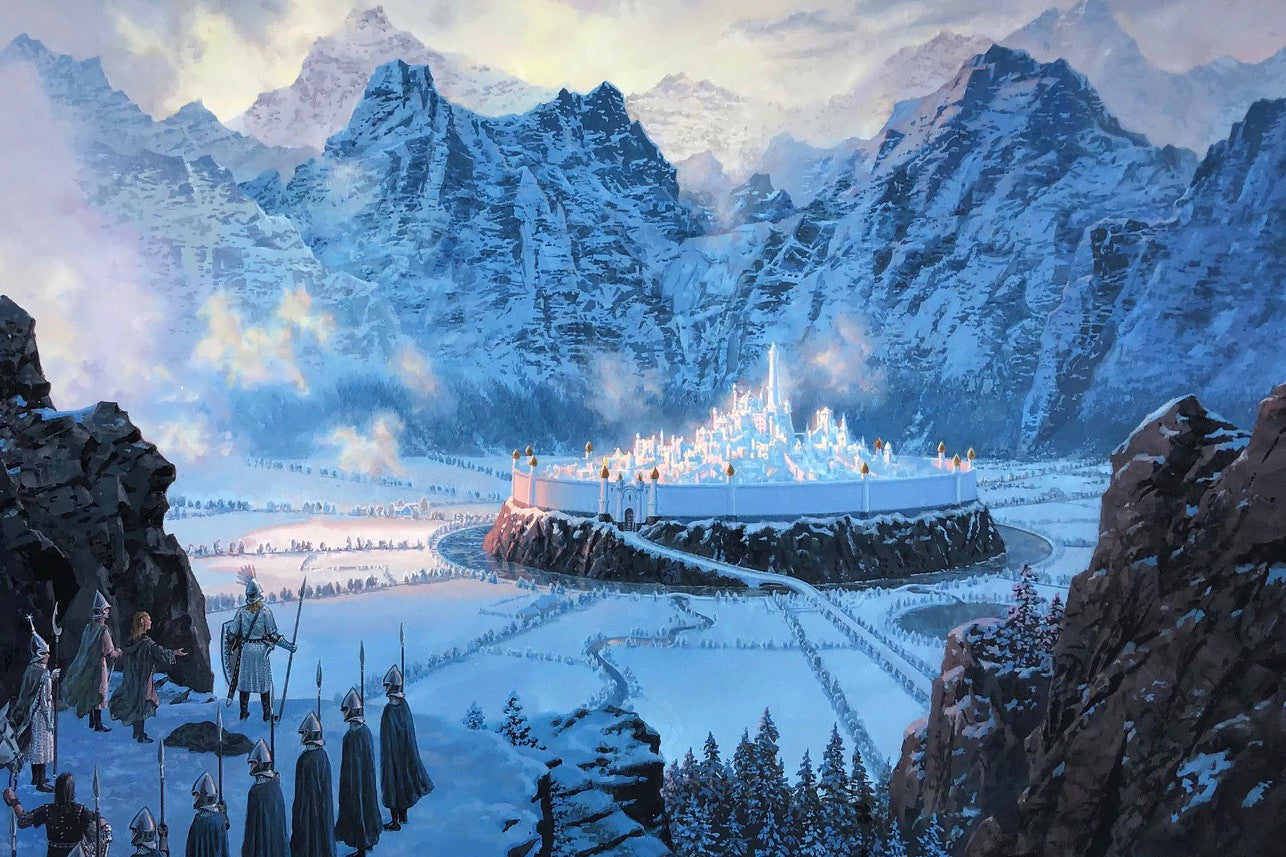
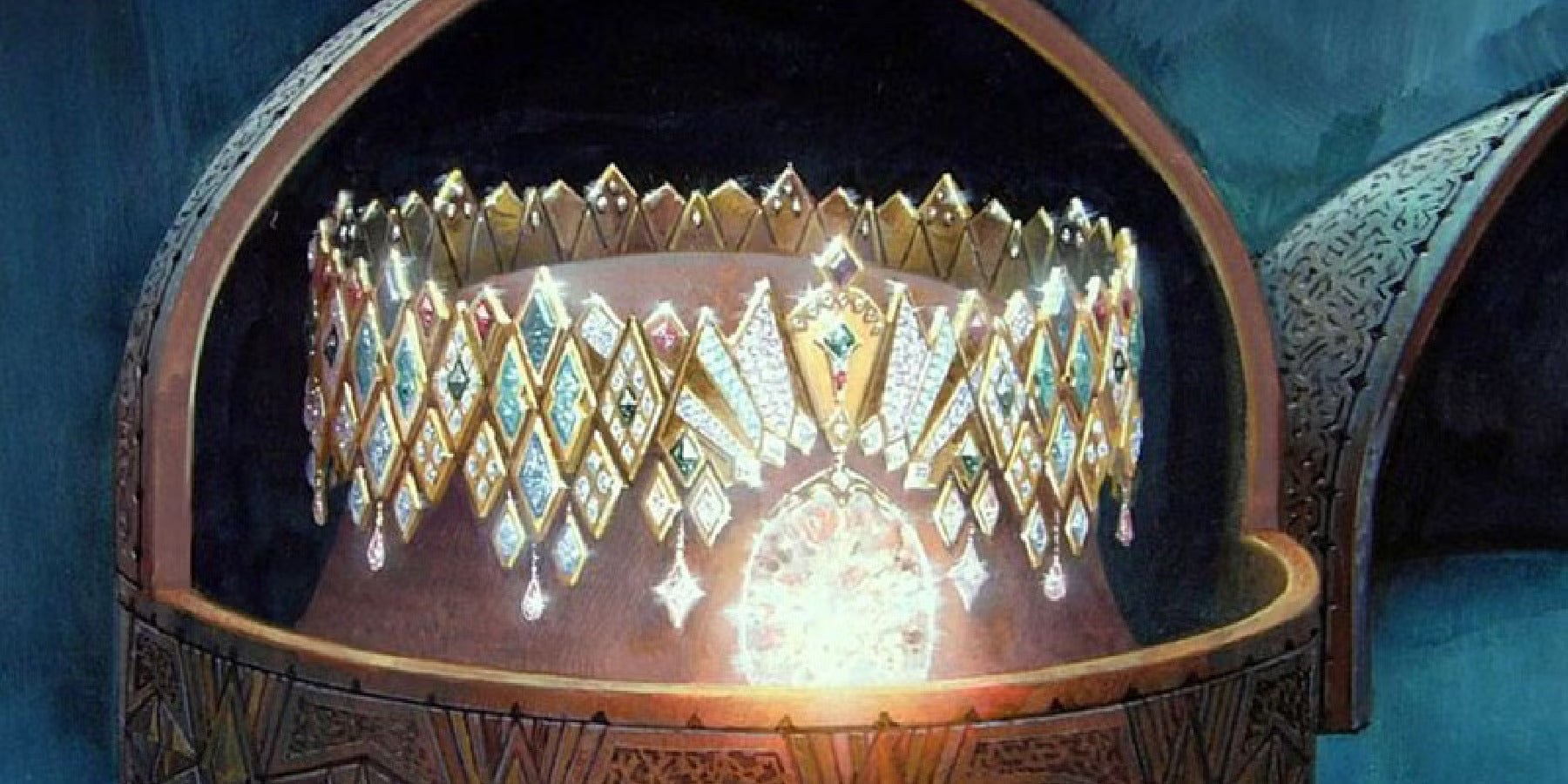
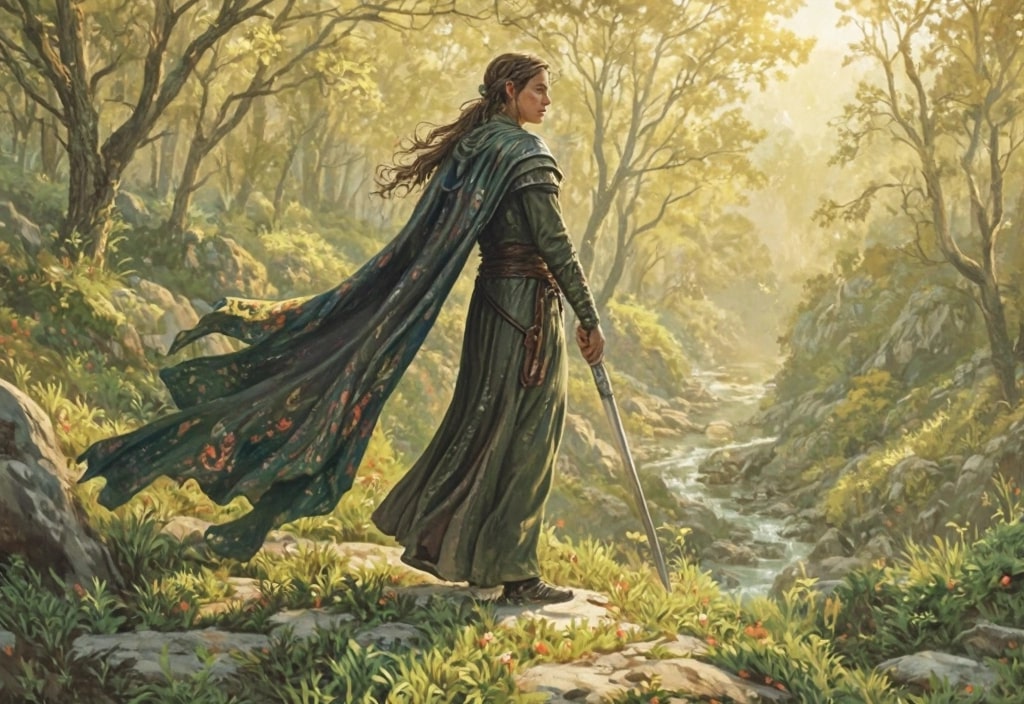
Leave a comment
This site is protected by hCaptcha and the hCaptcha Privacy Policy and Terms of Service apply.